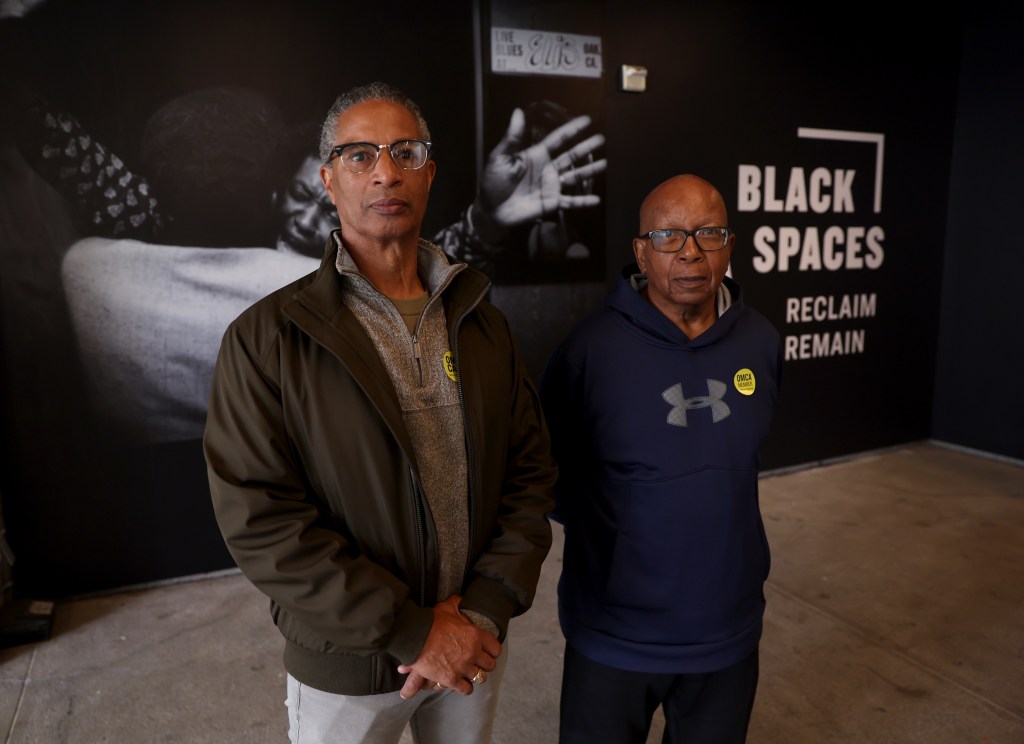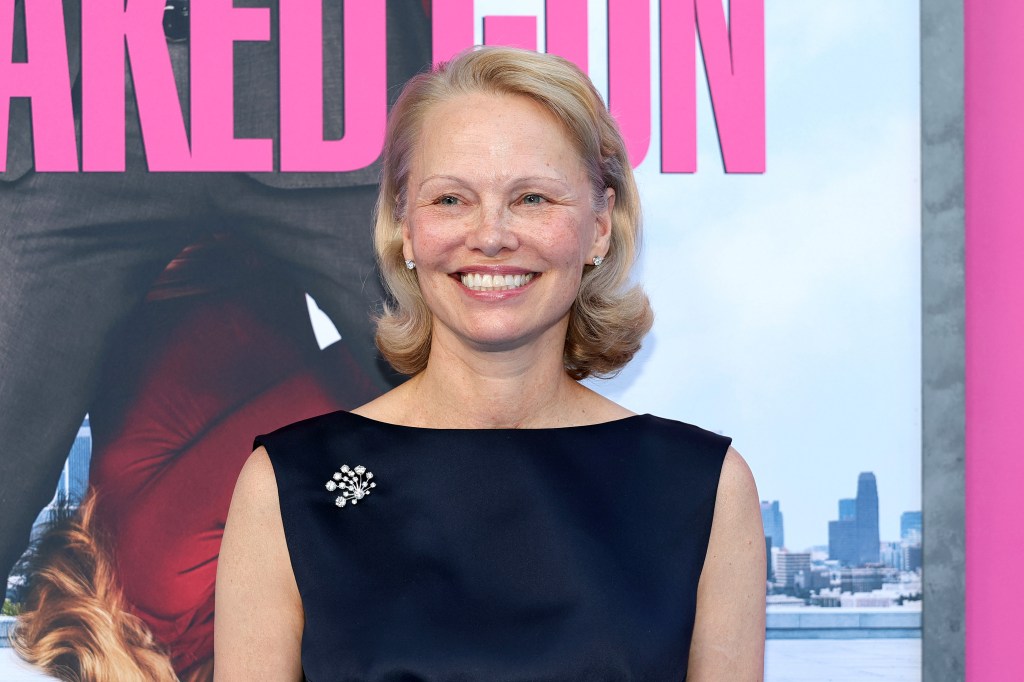For decades, Russell City was a place that only existed in the memories of its former residents, who fled in the 1960s when the community was annexed by Hayward and razed for an industrial park.
Now, former resident James Knowles recalls those streets while tracing his finger on a Russell City parcel map at the Oakland Museum of California.
“I had an uncle and an aunt living next door, an aunt living two blocks behind me, another aunt who lived up the street, and another aunt two blocks away. Easily, I had 40 family members within 10-15 minutes,” says Knowles, who was a child when the largely Black and Latino residents of the unincorporated area were forced out. “To have that taken from you with no goodbyes, no relocation, no therapy…”
Knowles is one of the dwindling number of former residents who is eligible for the Russell City Redress Fund, to which Supervisors Elisa Marquez and Nate Miley pledged $650,000 last month. Knowles and fellow Russell City resident Rafeeq Muhammad are touring “Black Spaces: Reclaim and Remain” – a new Oakland Museum exhibit examining Russell City’s history – following the passage of the reparation fund.

Russell City was a magnet for the Black community in the 1940s — a time when more than 100,000 African Americans were leaving the South and Midwest to go to the Bay Area. Though many Northern California cities used redlining to discriminate against non-white people and prevent them from living in their community, about 1,400 Latinos and Blacks found a home in Russell City.
While it offered Black and Latino residents the opportunity to own property and create generational wealth, Russell City had its drawbacks. Alameda County denied essential services like sewage or electricity, even going so far as to reject a 1949 petition to connect Russell City to Hayward’s water service following a dysentery outbreak earlier that summer.
Muhammad said these actions frustrated his grandfather, a plumber who worked on projects across the Bay Area fitting pipes and connecting water to other towns. Alameda County would not let his grandfather acquire work permits to improve their own house. It was part of the county’s strategy, working with the city of Hayward, to label Russell City a “blight.” In 1963, residents were ordered to evacuate, and Muhammad’s family moved to Oakland.
Born in 1951, Knowles remembers his childhood in Russell City and describes a vigilant and self-reliant community. His nostalgia for the camaraderie of the community, he says, is what made him most excited to visit the exhibit.
“It was a village raising kids,” Knowles says. “There was a mindset that ‘We are in this together.’ You talk to folks who’ve been gone 40, 50, 60 years – that bond still exists.”
Knowles remembers the hardships in his own life that came when the community was lost, like going to four different schools in four years.
“They took that from us because they wanted the land,” Knowles said. “We only got what, $2,000 a lot? The median home value (of the surrounding area) was $15,000 to $16,000.”
“When we were forced to leave Russell City, we lost a lot of that connectivity,” Muhammad says. “Some of us went to San Francisco, some of us went to Oakland. My particular immediate family stayed in Hayward. There were a lot of miles between us.”

But the miles between families could never separate Knowles and Muhammad from their Russell City roots. As the pair walk toward an art piece that looks like a Monterey Cypress with boxy TVs attached to its limbs, grainy home videos show Russell City family gatherings to the tune of jazz greats who played there, like Ray Charles and Big Momma Thompson.
One video shows a pair of women in flowy white dresses dancing like wildflowers in a breeze. The piece’s description calls it the “Dandelion Dance.”
Knowles and Muhammad remember the family who performed it each year — watching it was part of the birthright of growing up in Russell City. Muhammad reflects on how the idea of the dandelion has taken on a new meaning since Russell City’s demise.
“You know, the dandelion is one flower that is so resilient. Heat, cold, it still grows,” Mohammad says. “It’s an amazing little flower.”
Originally Published:
<












